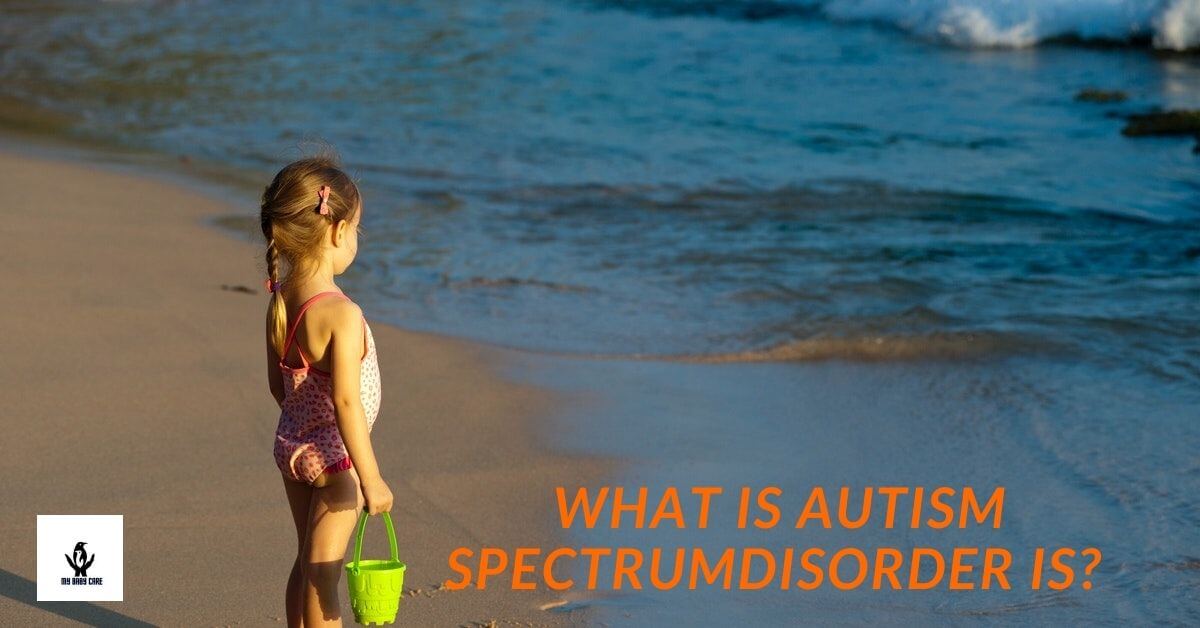In the modern world, autism spectrum disorder is most common among our kids. In brief, It is a complex neuron biological disorder. It shows a complex network of signs and symptoms associated with our nervous system.
SO CLINICIANS CAN NOT GIVE A DEFINITE DIAGNOSIS TO THIS. Therefore it is very difficult the answers the question “what is autism spectrum disorder is”
Autism spectrum disorder shows difficulties in major areas in children’s life
Autism (ASD) presents with very severe symptoms and less severe symptoms. Those symptoms may vary & changed over time factor. Situational factors such as home, community, or school are also present
Table of Contents
The three areas an autistic need main support
- Those main three areas are described as follows.
- Planning, structure, and routine
- Communication
- social imagination and understanding emotions
Planning, Structure, and routine
Because of the lack of planning and less adaptability the routines these children can not fit into specific situations and environments. In that situation or environment, they try the avoid the situation. Meanwhile, they develop anxiety and aggression in the situation.
By introducing systematic structure and routines we can reduce anxiety & can engage children fully.
As parents, you can do the following things the facilitate the child.
- Plan and predict the day’s activities
- Plan and prepare for changes and routines
- Predict endpoint activities
- Understand what is expected
- Help the child with multi-tasking activities.
- Give topic work to the children
- Give less structured work to the children
- Give topic work and avoid complex tasks
As an example imagine a school that runs a usual daily schedule and children are attending the school daily. Suddenly school administration organizes a Christmas party in school.
During party days, the school environment is totally changed and a lot of decorations and arrangements can be seen. Lots of people are going here and there and the school’s inside environment is totally changed.
Then these autistic children’s anxiety levels are going high. They try the do various avoidance mechanisms. These are the problems, we are talking about and these may be signs of mild the moderate autistic features.
Communication
- The social communication of these children is affected. Expressive language is more affected rather than expressive language. So most of the time, the parents and caregivers of the child can not imagine what is the expectation of the child. Then they depended on some of the assumptions of their own towards the child.
- Then there is a misunderstanding that builds up between the child and the parents. It is caused by the increase in the anxiety of the child. That anxiety leads to a change the behavior.
- The non-verbal communication of these children is very difficult. They can not understand facial expressions and gestures. Finally, they are having a mild understanding capacity.
As parents, you can do the following things the facilitate the child.
- Use simple sentences
- Simple familiar words
- Don’t use figurative language
- Focus on what should do. Do not say shouldn’t things
- Be specific.
- Always call the child by name
- Avoid emotional contact
- don’t rely on nonverbal
- Support with visual cues
Social imagination and understanding of emotions
These children don’t know how things feel to them. and how they react to them.
They are having lack ability the to face a situation. these kids have problems imagining a situation hypothetically. They can’t mainly control their feelings and emotions. Finally, they don’t know their behavior impacts others.
As parents, you can do the following things the facilitate the child.
- Improve interpersonal skills through team games.
- Teach how the empathize, with other children,
- Teach how can they perform an imaginative play
- How feelings can be shared
Signs and symptoms of the autistic children
Social-emotional reciprocity
- can’t understand the feelings of people
- can’t understand self feelings
- lack of joint attention
- Lack of sharing interests
- abnormal social approach
- Failure of the normal back after a conversation
- don’t respond to his/her name being spoken
- can’t understand jokes or sarcasm
Non-verbal communication
- poor eye contact
- No social smile
- Lack of facial expression
- Doesn’t point or gesture the communicate & share interests
problems of developing and maintaining relationships
- can’t adjust the behavior the suit different social contexts
- Difficulty in sharing imaginative play
- Prefers to be alone
- Absence of interest in people
Challenging behaviors of ASD
Disruptive. – screaming, tantrums
Aggression. – Hitting, biting, pinching
Self-injuries – Headbanging, self-punching, slamming the desk
Self-stimulatory. – rocking, self spinning
Autistic children – Communicative methods
Expressive
sign language-38%
verbal-23%
communicative device- 31%
Receptive communication
written language-9%
devise-57%
verbal-23%
Interaction suggestions for autism
- Use short sentences
- Use simple familiar words
- Do not use figurative language
- Be specific
- Always call by name
- Use a visual picture card system
- Do not use nonverbal communicative methods
- Use very short words they speak.do not use long phrases.
- Structure the day according to the daily schedule
- Clearly define boundaries
How to provide care for autistic kids
- Provide consistency as much as possible
- Always let the patient know what they expect next
- Limit the number of clinicians
- Have family members present as much as possible
- Avoid the things that are known that agitate the patient. Offer choices when feasible
Teaching strategies for autism
- Environment control
- Visual schedule
- Non-verbal communication techniques
- Social skills techniques
- Functional skills techniques
Conclusion
Now you may have a clear understanding of what is autism spectrum disorder is? As parents, various types of intervention strategies are very much important and should be applied at the correct time. In that way, you can nicely deal with these children and avoid many of the difficulties in day-to-day life.

